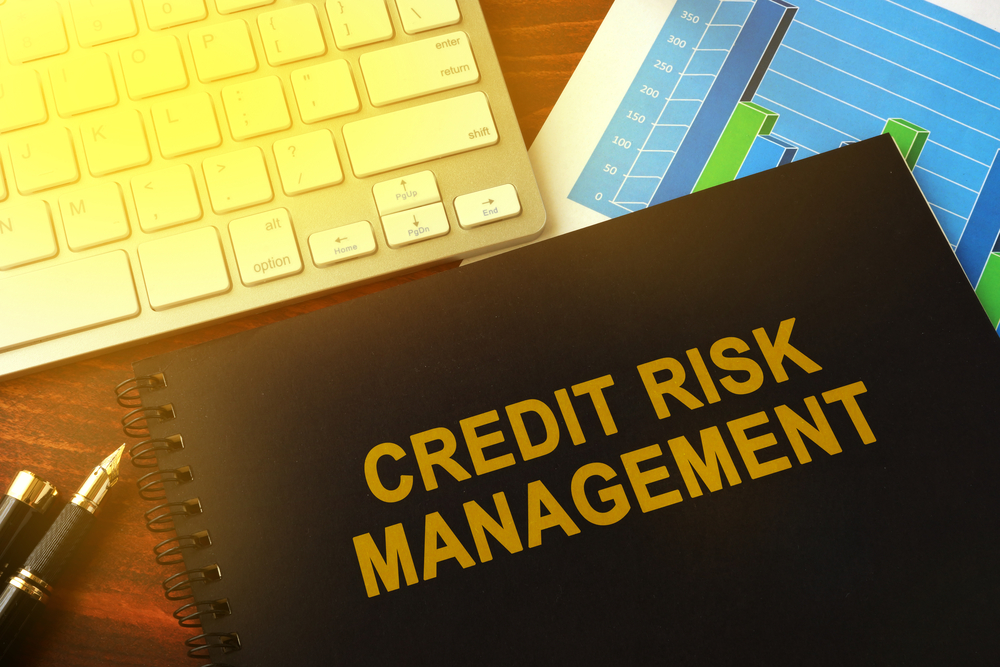Credit Risk Management is a critical aspect of the financial industry that involves identifying, measuring, and mitigating the potential risks associated with extending credit to borrowers. Lenders, banks, and financial institutions face credit risk when they lend money to individuals, businesses, or governments. The failure of borrowers to repay their debts can have significant adverse effects on the financial stability and profitability of the lending institutions. Therefore, having an effective credit risk management framework and employing sound strategies is essential for the success and resilience of any financial institution. This comprehensive guide explores the key components of credit risk management and delves into the strategies that can be employed to minimize credit risk exposure.
Credit Risk Management Framework
1. Risk Identification
The first step in credit risk management is identifying the potential risks associated with extending credit. This involves evaluating the creditworthiness of borrowers, understanding their financial health, and assessing the overall economic conditions that may impact their ability to repay loans. Various factors, such as credit history, income stability, industry risks, and macroeconomic indicators, are considered during this stage. Credit analysts play a vital role in this process, conducting thorough due diligence to determine the risk profile of borrowers.
2. Risk Measurement
Once the risks are identified, the next step is to quantify the level of credit risk. This is typically done using credit scoring models and credit rating agencies. Credit scoring models analyze borrower information and assign a numerical score that reflects their creditworthiness. On the other hand, credit rating agencies assign credit ratings to borrowers based on their financial strength and ability to meet debt obligations. These measures help lenders differentiate between low-risk and high-risk borrowers, allowing them to set appropriate terms and conditions for credit extension.
3. Risk Monitoring
Credit risk is not static, and it can change over time due to various factors like economic conditions, industry performance, and borrower behavior. Continuous monitoring of credit exposures is vital to identify early warning signs and potential credit deterioration. Risk monitoring involves tracking key credit metrics, conducting stress tests, and staying up-to-date with relevant market trends and regulatory changes. Regular portfolio reviews and scenario analyses help lenders identify potential credit risks in their portfolios and take appropriate actions to mitigate them.
4. Risk Mitigation
Mitigating credit risk involves implementing strategies and measures to reduce the potential impact of default by borrowers. Here are some common risk mitigation techniques:
a. Diversification
Diversifying the credit portfolio across various borrowers, industries, and geographic regions helps reduce concentration risk. A well-diversified portfolio is less susceptible to the adverse effects of a specific borrower or industry facing difficulties.
b. Collateral and Guarantees
Collateral and guarantees provide lenders with additional security in case of borrower default. By pledging assets or obtaining third-party guarantees, lenders can recover part or all of the outstanding debt in case of default.
c. Credit Risk Transfer
Financial institutions can transfer credit risk through securitization, credit derivatives, and credit insurance. Securitization involves pooling loans into securities and selling them to investors, while credit derivatives allow institutions to buy or sell credit protection against specific credit events.
5. Risk Acceptance and Pricing
Not all credit risks can be eliminated or mitigated. Some level of risk is inherent in lending activities. Risk acceptance involves setting appropriate risk appetite levels and deciding which risks are acceptable and align with the institution’s overall business strategy. Furthermore, lenders need to price credit products appropriately to reflect the level of risk they are assuming. This ensures that the institution is compensated for the risks it takes.
6. Risk Reporting and Governance
An effective credit risk management framework requires a robust risk reporting and governance structure. Regular reporting on credit risk exposures, risk trends, and risk management actions is essential for senior management and the board of directors to make informed decisions. Furthermore, strong governance ensures that credit risk management strategies and practices are consistent with regulatory requirements and internal policies.
Credit Risk Management Strategies
Credit Scoring Models
Credit scoring models are statistical tools that assess the creditworthiness of borrowers based on various factors such as credit history, income, employment stability, and outstanding debts. These models assign a credit score to each borrower, indicating their credit risk level. Lenders can use credit scoring models to make informed decisions on credit approvals, loan terms, and interest rates.
2. Stress Testing
Stress testing involves simulating adverse scenarios to evaluate how credit portfolios would perform under different economic conditions. By subjecting the portfolio to severe economic downturns, lenders can assess the potential impact on their credit risk exposures and identify vulnerabilities in their credit risk management strategies.
3. Early Warning Systems
Implementing early warning systems helps lenders identify signs of potential credit deterioration before it becomes severe. By monitoring key credit metrics and borrower behavior, lenders can take timely actions, such as initiating discussions with borrowers, restructuring loans, or setting aside provisions for potential losses.
4. Risk-Based Pricing
Risk-based pricing is a strategy where lenders charge higher interest rates and fees to higher-risk borrowers to compensate for the increased credit risk they pose. This encourages borrowers to maintain good credit behavior and provides lenders with additional compensation for taking on higher levels of risk.
5. Portfolio Diversification
As mentioned earlier, portfolio diversification is a crucial strategy for reducing credit risk. By spreading credit exposure across a variety of borrowers and industries, lenders can avoid heavy reliance on a single borrower or sector and minimize the impact of defaults on their overall portfolio.
6. Continuous Monitoring and Review
Credit risk management is an ongoing process that requires continuous monitoring and review of credit exposures and market conditions. Regular reviews allow lenders to adjust their credit risk management strategies as needed to align with changing economic conditions and borrower profiles.
Conclusion
Credit risk management is a vital component of the financial industry, and effective risk management practices are essential for the stability and success of lending institutions. A comprehensive credit risk management framework involves risk identification, measurement, monitoring, mitigation, and reporting. By employing sound credit risk management strategies such as credit scoring models, stress testing, early warning systems, risk-based pricing, and portfolio diversification, lenders can make informed decisions, minimize credit risk exposure, and enhance their overall financial resilience.




